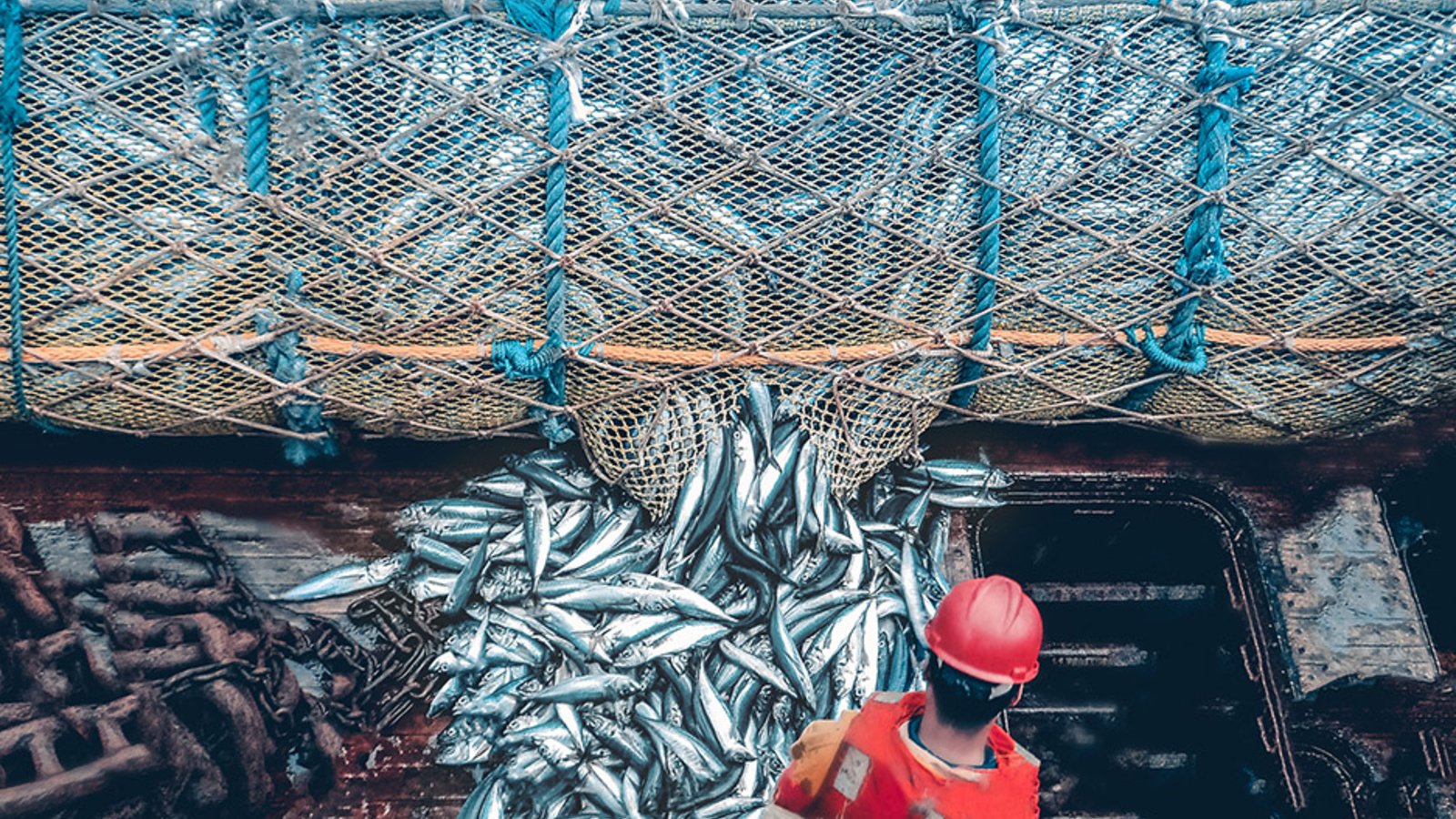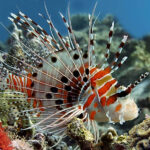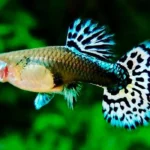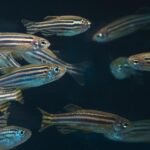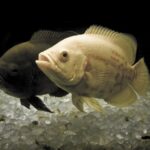The Vanishing Harvest
Overfishing: The balance tipped as progressively more sophisticated fleets and worldwide appetites expanded. Overfishing—taking fish from the ocean faster than they reproduce to replace themselves—has emerged as a quiet tragedy.
It’s not just empty nets tomorrow. It’s ecosystems that are crashing, livelihoods are lost, and an uncertain future for marine biodiversity.
Overfishing isn’t just a buzzword — it’s a slow-moving tsunami with the power to alter entire ecosystems.
The oceans once seemed infinite, a bounty of fish to feed generations.
Today, many marine species are pushed to the brink due to unsustainable fishing practices.
This article breaks down, point by point, how overfishing is affecting marine fish populations and why it matters more than ever.
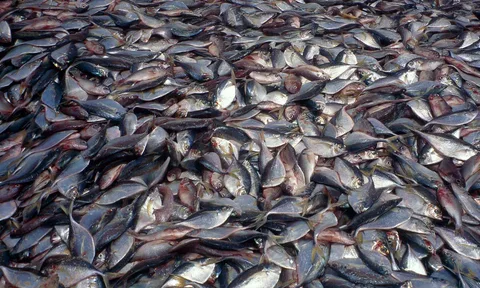
What Is Overfishing?
Definition: Overfishing happens when fish are caught faster than they can reproduce.
Overfishing is often fueled by:
High demand for seafood: Global seafood consumption has doubled in the past 50 years.
Technological advances: Modern fishing gear can locate and harvest fish with industrial precision.
Poor regulation and enforcement: Many fisheries lack the oversight necessary to maintain sustainability.
Global issue: The UN reports that over 34% of fish stocks are overfished.
Invisible crisis: Unlike land animals, fish populations decline largely unnoticed — until it’s too late.
The Global Scope of the Crisis
Regional Hotspots
Southeast Asia: A biodiversity hotspot now plagued by unregulated fishing.
The Mediterranean Sea: Nearly 75% of fish stocks are overexploited.
West Africa: Industrial fleets deplete local fish, threatening food security.
Population Collapse: When the Fish Run Out
In Canada: Once thriving, now almost gone after decades of overfishing.
Sardines in California: Collapsed populations led to sea lion starvation.
Orange roughy: Deep-sea fish with long lifespans — devastated by overfishing due to slow reproduction.
Signs of collapse:
Smaller fish were caught.
Lower catch volumes.
Disappearance from local waters.
Disruption of Marine Food Webs
Fish aren’t isolated —they’re part of a complex food chain.
Predator-prey imbalance:
Removing apex predators like tuna or sharks leads to a boom in mid-level fish.
This throws off balance, affecting coral reefs and plankton populations.
Example:
Overfishing herbivorous fish = algae overgrowth = coral reef die-off.
Chain reactions:
Starving seals, seabirds, and whales.
Collapse of dependent fisheries.
Loss of Biodiversity
Selective fishing targets specific species — others suffer as collateral damage.
Bycatch: Unwanted fish caught in nets, often discarded dead.
Can include turtles, dolphins, and juvenile fish.
Genetic diversity shrinks: Populations become less resilient to disease and climate change.
Niche extinction:
Each fish species plays a role — losing one affects many.
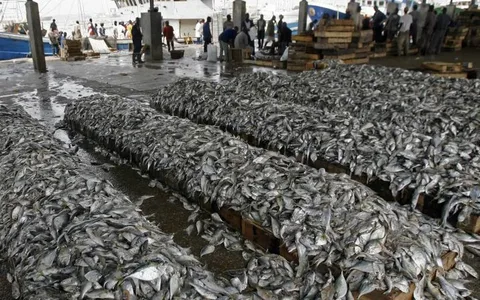
Global Impact and Unequal Burden
Developing countries suffer most:
Coastal communities rely on local fisheries for food and jobs.
Foreign industrial fleets often deplete these waters.
High seas exploitation:
Fishing vessels roam international waters, often unregulated.
Economic loss:
World Bank: $83 billion is lost annually due to poor fishery management.
Food security at risk:
Fish is the primary protein for over 3 billion people.
Declining Fish Sizes and Reproductive Rates
Fishing pressure leads to evolutionary changes:
Fish start maturing earlier, at smaller sizes.
Smaller fish = fewer eggs.
Natural selection reversed:
Big, healthy fish are caught first.
Genes for smaller, faster-reproducing fish dominate.
Impact:
Lower fish stock productivity.
Difficult recovery even with fishing bans.
Destructive Fishing Techniques
Bottom trawling:
Giant nets drag across the sea floor.
Destroy habitats like coral reefs and sponge gardens.
Dynamite and cyanide fishing:
Still practised illegally in some regions.
Kill everything in the radius — not just the target fish.
Ghost nets:
Abandoned gear continues catching fish for years.
Thousands of marine animals die needlessly.
Scientific Monitoring and Stock Assessments
Essential tools for understanding fish population health.
Use:
Population modelling.
Spawning stock biomass.
Catch per unit effort (CPUE).
Challenges:
Data gaps in developing nations.
Political resistance to bad news.
Climate change adds uncertainty to projections.
Need for transparency:
Fishery data is often proprietary or outdated.
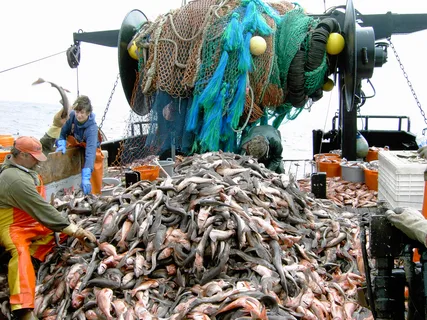
Human Impacts: Communities, Cultures, and Livelihoods
Small-scale fishers:
Overfishing by industrial fleets affects their catches.
Many are forced to switch livelihoods or fish illegally.
Cultural loss:
Traditional fishing knowledge vanishes with collapsing stocks.
Job displacement:
Fisheries closures = unemployment spikes in coastal regions.
Example: Newfoundland’s 1992 cod moratorium left 30,000 jobless.
The Role of Climate Change
Warming waters:
Fish migrate to cooler areas, disrupting traditional fisheries.
Ocean acidification:
Affects fish larvae, shellfish, and plankton — the base of the food chain.
Synergistic stress:
Overfishing + climate change = double jeopardy for marine life.
Species migration:
Tropical fish move poleward, leaving warm waters devoid of life.
The Role of Regulation (and Its Failures)
Quota systems:
Effective if enforced — but often ignored or circumvented.
Marine protected areas (MPAs):
Allow fish to breed and grow undisturbed.
Currently cover <10% of oceans — experts recommend at least 30%.
Illegal, unreported, and unregulated (IUU) fishing:
Accounts for up to 26 million tons of fish annually.
Undermines legal fisheries and conservation.
Hope for Recovery: Success Stories
Namibia’s hake fishery: Once overfished, now sustainably managed.
U.S. Pacific groundfish: Stocks rebuilt through science-based limits.
Palau National Marine Sanctuary:
80% of the waters are closed to fishing.
Fish populations are rebounding.
Key strategies:
Science-based quotas.
Strict enforcement.
Community co-management.
Technological Innovations in Sustainable Fishing
Smart nets:
Let juvenile or non-target species escape.
Blockchain tracking:
Ensures fish are legally sourced.
Satellite monitoring:
Tracks illegal vessels in real time.
Eco-labeling:
Programs like MS
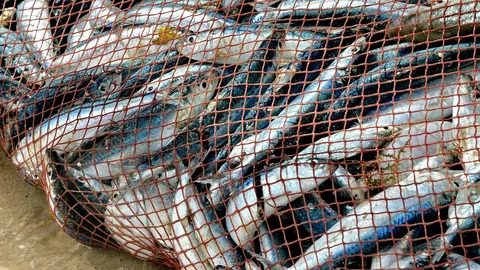
Conclusion
Overfishing isn’t just about fish — it’s about balance, justice, and sustainability.
The oceans have fed us for millennia. Now they need us to give back.
With awareness, advocacy, and action, we can restore what’s been lost — and protect what remains.
Overfishing is not a distant problem lurking beneath the waves—it’s a present crisis with real consequences for marine ecosystems, global food security, and the future of our planet.
As we’ve explored in detail, the damage from overfishing is far-reaching: species collapse, food web disruptions, loss of biodiversity, and the crumbling of livelihoods and cultures that depend on the sea.
Yet, despite the gravity of the situation, there is still hope. From science-driven regulations and sustainable fishing practices to marine protected areas and technological innovations, there are powerful tools already in our hands.
Recovery is possible—as shown by success stories around the world—but only if we act now.
Governments must enforce stronger laws. Fisheries must commit to sustainability. Consumers must choose responsibly. And all of us must raise our voices in defense of the oceans.
Because every fish that swims, every coral that thrives, and every community that depends on the sea is a reason to act.
The oceans have given us everything. It’s time we gave something back.
FAQs
What is overfishing?
Overfishing occurs when fish are caught faster than they can naturally reproduce. It leads to declining populations and disrupts the balance of marine ecosystems.
How does overfishing affect marine ecosystems?
The collapse of fish populations.
Imbalance in food webs.
Destruction of habitats (e.g., coral reefs via bottom trawling).
Reduced biodiversity and resilience of marine life.
What are the main causes of overfishing?
Excessive demand for seafood.
Poor regulation and enforcement.
Use of destructive fishing methods (e.g., bottom trawling, dynamite fishing).
Illegal, unreported, and unregulated (IUU) fishing.
Technological advancements that allow deep-sea and large-scale fishing.
Can fish populations recover after being overfished?
Implementing fishing bans or limits.
Establishing marine protected areas.
Enforcing sustainable quotas.
What is sustainable fishing?
Maintains healthy fish populations.
Minimizes bycatch and habitat destruction.
Often involves traceable, eco-certified seafood products.
